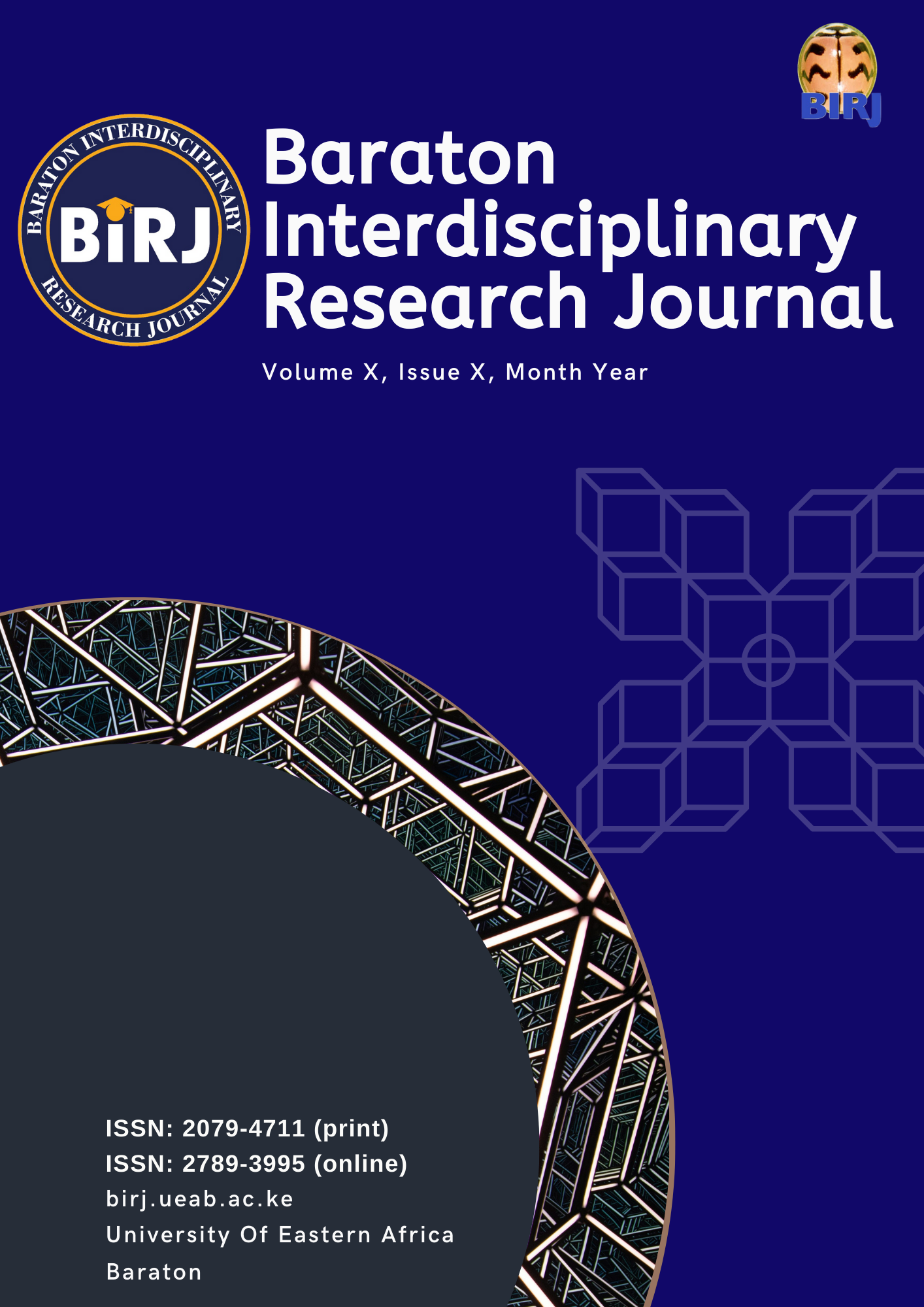THE LANGUAGES USED IN CODE-MIXING IN PRINT ADVERTS OF COMMERCIAL BANKS AND MOBILE TELECOMMUNICATIONS FIRMS IN KENYA
Keywords:
Code-mixing, commercial adverts, languages, corporate sectorAbstract
Advertisers typically rely on certain discourse strategies to capture the attention of their targeted clientele. One
of such discourse strategies is code-switching. In Kenya; the code-mixing phenomenon is prevalent in the cor
porate sector because of the fact that many people are multilingual. As code-mixing becomes an idiosyncratic
trend in Kenyan corporate sector, this study sought to determine the domineering languages commonly used
in code-mixing in the information-loaded and outcome-driven commercial print advertisements of commercial
banks and mobile telecommunications firms in Kenya. The study was conducted in Eldoret. The data for this
study was collected from both primary and secondary sources. The data was primarily obtained from language
mixed print adverts. The internet served as a secondary information source. Data collected was analyzed using
the processes of Lexical Pragmatics Theory. Lexical Pragmatics is a rapidly developing branch of linguistics
that investigates the processes by which linguistically-specified (‘literal') word meanings are modified in use.
From the results, it was concluded that code-mixing was prevalent in commercial adverts in Kenya. The lan
guages that were mixed in print adverts were: English and Kiswahili, English and Sheng, English and Arabic,
English/Kiswahili and ethnic languages. The dominant mixture however was English and Kiswahili.
Downloads
Published
License
License Terms
All articles published in the Baraton Interdisciplinary Research Journal (BIRJ) are licensed under a Creative Commons Attribution-NonCommercial-ShareAlike 4.0 International License (CC BY-NC-SA 4.0).
This license permits users to share (copy and redistribute) and adapt (remix, transform, build upon) the material for non-commercial purposes, provided that proper attribution is given to the original authors, a link to the license is included, and any derivative works are distributed under the same license.
Full license details: https://creativecommons.org/licenses/by-nc-sa/4.0/

